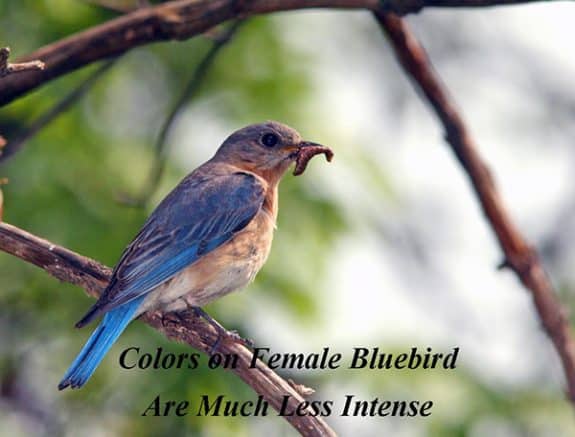
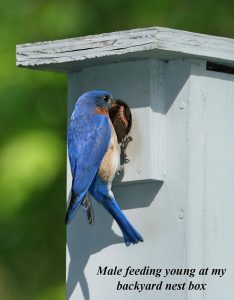
By Tom Hodgson
Looking for something to do where you don’t have to worry about social distancing?
If you live in a more rural setting and have a few acres, this may be the project for you.
The eastern bluebird’s back is a brilliant blue; as if some say, “he has covered himself with a piece of the sky.” Bluebirds are cavity nesters, using the old nest holes of native woodpeckers.
Once a common songbird of the eastern half of the United States, in the past 50 years the Eastern bluebird has experienced a 90 percent population decline. The reasons include habitat loss, decrease in natural nesting sites, and competition from the introduced European starling and English (house) sparrow.
Those who have some acreage in a semi-rural setting can help this beautiful bird and enjoy a colorful addition to their homesteads. Bluebirds adapt readily to man-made nest boxes, and nest two and sometimes three times per season. They like open areas of short grass with scattered trees, including large lawns, meadows, fallow fields, pastures, orchards (if they are not sprayed with pesticides), golf courses, and cemeteries.

The majority of Michigan bluebirds head south for the winter, return in Mid-March, and immediately begin looking for suitable nesting cavities. First nestings are already underway. However, nest boxes installed now may still be in time for the second and third nestings.
- Nest boxes should be placed in a suitable area (grassy area with scattered trees).
- Do not place them near thick shrub growth, facing roads, in the woods, on trees or fence posts or near buildings (buildings attract house sparrows).
- To minimize competition with house sparrows, boxes should be placed at least 200 yards from the nearest building. If boxes are installed near buildings, they should be checked every three days, and sparrow nests removed.
- It is best to install each nest box on a smooth metal post (3/4-inch water pipe or electrical conduit at a height of about five feet above the ground and within 100 feet of a tree).
- The entrance hole should face a tree so that young birds taking their first flight can reach it easily. Young birds that fledge to the ground are vulnerable to predators.
- Nest boxes can be installed singly, or in pairs 15-feet apart.
- Pairing boxes further reduces competition from other birds.
- The distance between each pair should be at least 100 yards, as a bluebird family will not nest any closer to its nearest bluebird neighbor.
- Those installing bluebird boxes in residential or urban areas can expect fierce competition from house sparrows to the point that the house sparrows must be physically removed to insure bluebird nesting success.
- Some native birds that will also use bluebird houses are tree swallows, house wrens, tufted titmice, and black-capped chickadees.
For more detailed how to information, download the attached PDF at the end of the story.
To enjoy a great video of a singing bluebird click here.
The bluebird images included in this article were taken in my back yard.





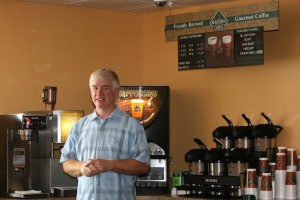


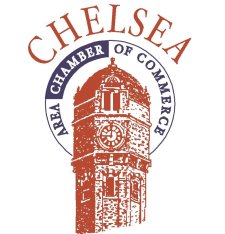

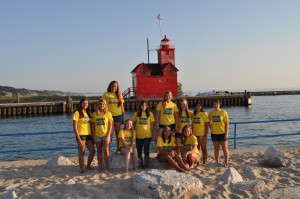

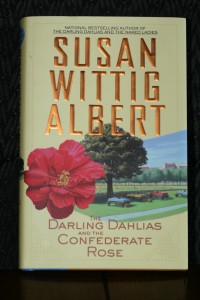

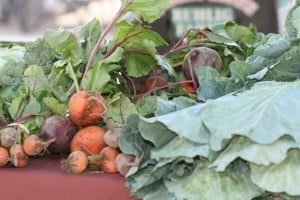

Thank you for this article. We built our first Bluebird box this season and have been rewarded with a pair and their first brood: 5 eggs.. some/all(?) of which have hatched in the last few days. What a blessing.
With a little luck they will nest a second time. After the first nestlings fledge, remove all the old nesting material to prevent transfer of parasites to the second brood. The female may return in a week or so to build a second nest. Enjoy!
Put up to boxes this spring and have a couple that have moved in! Feeding them mealy worms. How can I tell bluebird nesting from sparrow nests or other “uninvited birds” in the box? Somebody built a nest in my 2nd box but it wasn’t my bluebirds.
If you download the PDF at the end of this article, it includes a description of the other birds that may use your boxes and the nesting material they use. Bluebirds build a neat cup nest almost entirely of grass and lay pale blue, (rarely white) eggs.